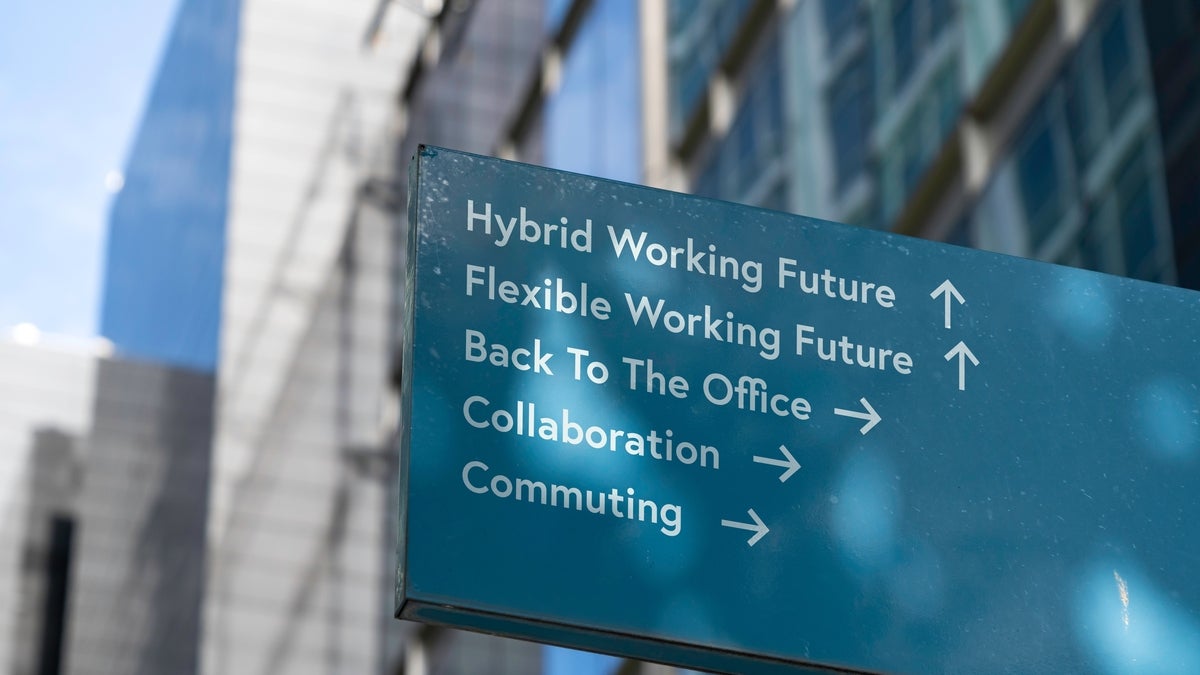Remote work, once praised as the new paradigm for productivity and employee satisfaction, is losing some steam as more organizations and even governments are requiring workers to return to the office — at least, part time.
Bosses are imposing more strict in-office mandates as new data from the US Bureau of Labor Statistics (BLS) shows productivity has slumped slightly since the end of the COVID-19 pandemic emergency was declared earlier this year.
“Over the previous 12 months, the number of employees working in a hybrid way has steadily increased, while the number of employees who work only at home or only in the office has decreased,” said Tori Paulman, a Gartner research analyst. “Hybrid Work is entering the trough of disillusionment for everyone.”
Gartner Research breaks down new products and industry trends into “hype cycles” that set the expectation that most innovations, services, and disciplines will progress through a pattern of hype, adoption, disillusionment and eventually productivity.
The “trough of disillusionment” represents a time when the original excitement about potential value of a product or business practice encounters problems with performance, which leads to missed expectations. For hybrid and remote work, the ongoing polarization of views on where work is best done and uncertain returns on investment in the corporate space have forced hybrid work to descend into the trough, according to Gartner.
Gartner
“Most hybrid work practices were implemented in haste in 2020/2021, and technology and management strategies from location-centric work do not work well in a hybrid world,” Paulman said. “Patchwork and piecemeal approaches are limiting the effectiveness of the leadership strategies and technology categories that will help make hybrid work successful. The mess we’re in right now makes sense if we understand how hype works.”
Even though remote and hybrid work practices are in the trough now, that doesn’t mean they’ll stay there. Some early adopters eventually overcome the initial hurdles and begin to see the benefits of innovation and best practices emerge.
Until then, the return-to-office edicts continue to roll out.
Most recently, US President Joe Biden told his Cabinet members to get federal employees back into the office more often beginning this fall, according to a White House email. “That’s consistent with what we are seeing across most industries and regions,” Paulman said.
For example, the Federal Aviation Administration (FAA) now reportedly expects workers will return to the office three days per week starting on Oct 9; the US Department of Transportation has the same expectation set for Sept 10.
A series of high-profile companies have also adjusted their remote or hybrid work policies. Ironically, the latest to do that was videoconferencing vendor Zoom, which just updated its hybrid work policy to require any employee within 50 miles of an office to…
2023-08-10 02:48:02
Article from www.computerworld.com rnrn


















